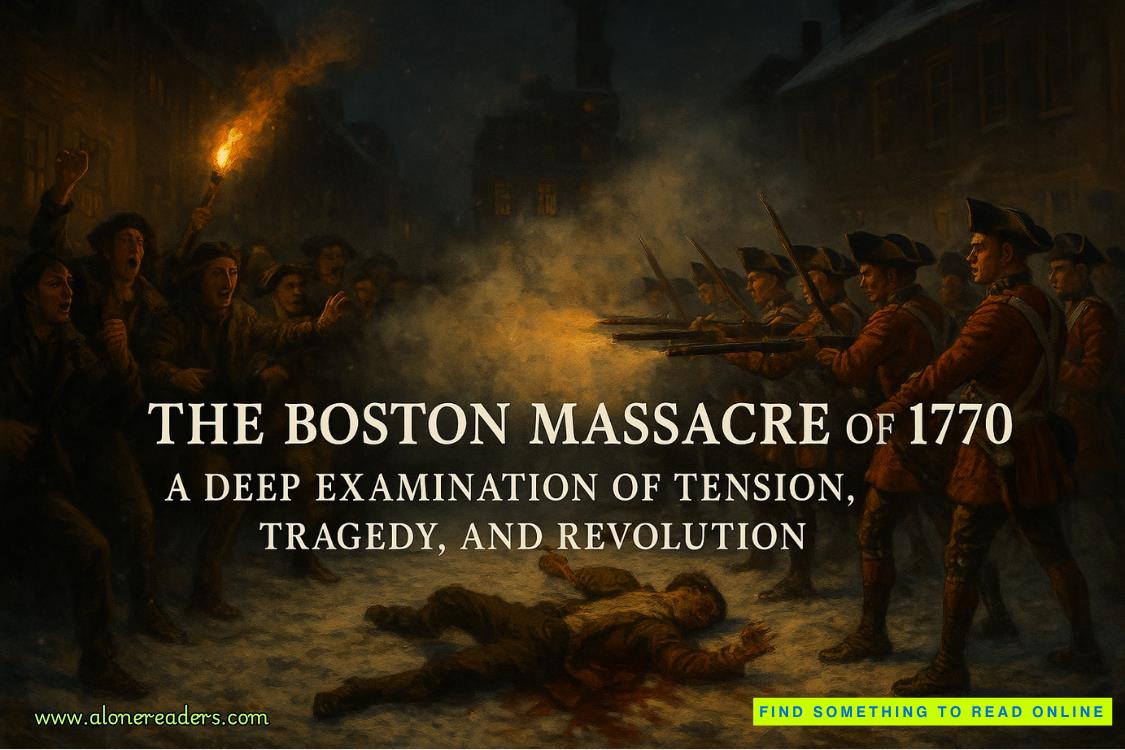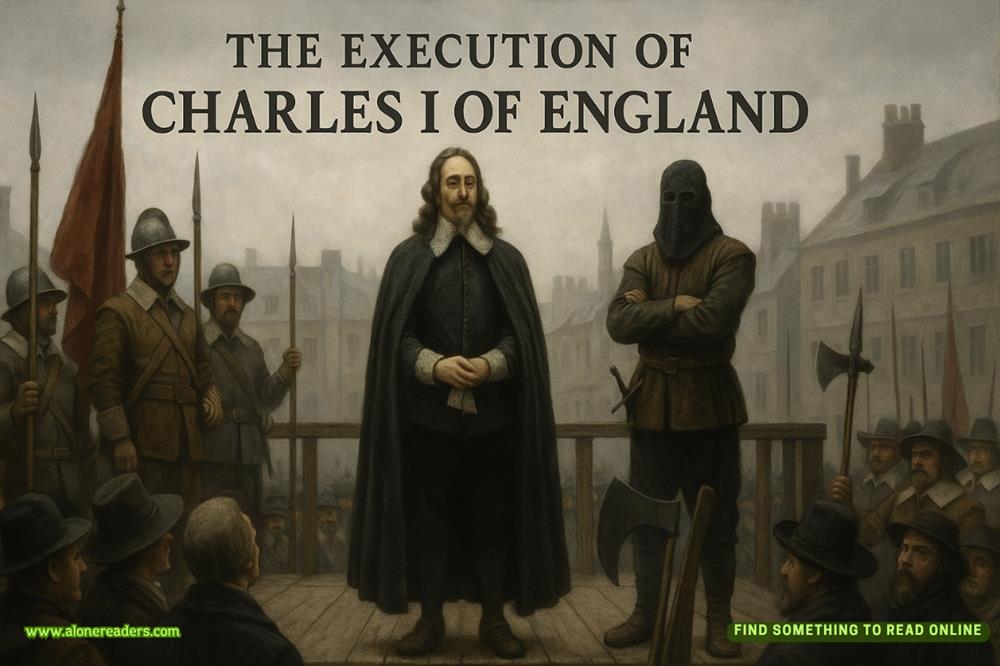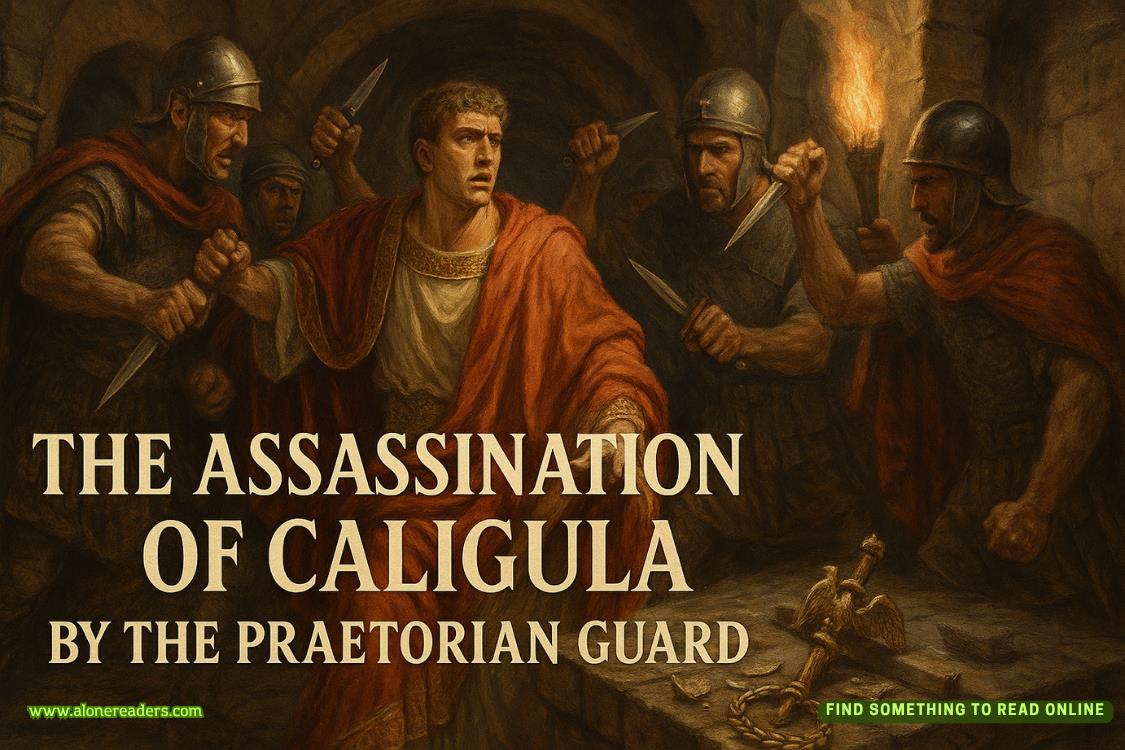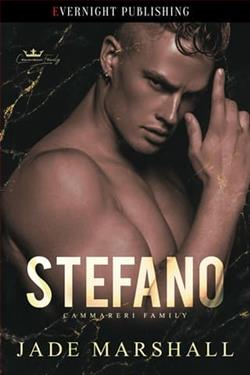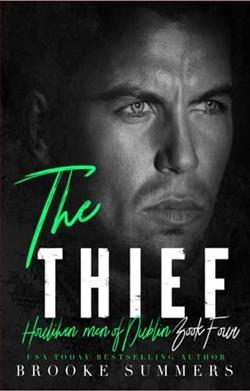Page 103 of The Killing Plains
Until now, she hadn’t been convinced that the person trying to frighten her off with dead snakes and threatening texts was the killer. But the appearance of this latest rabbit mask seemed to remove all doubt. What was the point of the break-in? Just to threaten her—back off or I’ll go after your grandson? Or was it an elaborate attempt at misdirection? Either way, she could presumably protect Satchel by sending him back to Houston.
On the other hand, if the killer had decided to target Satchel—not to intimidate Colly, but for his own perverted reasons—there was no guarantee that distance would provide safety. They were dealing with the murderer of two young boys, after all. The thought that Satchel could be followed back to Houston by a psychopath while Colly remained 400 miles away in West Texas, helpless to protect him, was unbearable. Her only options were to keep him with her or abandon the case and take him home—an irresolvabledilemma. She wouldn’t be able to live with herself if another child died in Crescent Bluff because she gave up the case. She knew what it felt like—a failure of that magnitude. How could she trust any decision she made? The thoughts churned, bringing little clarity. This place—so desolate and barren, with its rattlesnakes and thorns and haunted past—was getting under her skin in a way she couldn’t afford. Her head throbbed. She hunched forward, gripping the steering wheel until her hands ached.
At Brenda’s house, Colly knocked softly. Her sister-in-law answered the door in her robe and slippers.
“The kids are asleep. Satchel wanted to wait up for you, but he was exhausted. I put him to bed in some of Logan’s old pajamas.”
Colly swallowed her disappointment. At least she wouldn’t have to explain to him why she hadn’t brought the ant farm. She thanked Brenda and handed her the bag of Satchel’s things. Brenda looked startled.
“Aren’t you staying, too?”
Colly shook her head. “Things are developing fast. Anyone around me is in danger until we catch this nutjob.”
“Tell me you’re not going back to that creepy old farmhouse.”
“I’ll be fine.” Colly patted her sidearm. “How was therapy today? You sounded concerned on the phone.”
Brenda’s face clouded. “I want to show you something.”
She led Colly into the kitchen. A briefcase lay open on the table, and she rifled through it.
“This is an exercise Niall uses for assessing trauma in kids. I had Satchel draw a picture of what other people see when they look at him, and a picture of what he feels like on the inside.”
She laid two crayon drawings side by side. The first was a child’s sketch of a smiling boy with rosy cheeks and lemon-yellow hair. He was dressed in a bright orange t-shirt and blue pants and held a purple flower. The second was hard to make out at first. Mostof the page was covered with dense black scribbles. In the bottom corner, a tiny gray stick-figure crouched, its arms thrown over its head. The figure had no mouth, and its eyes were huge and terrified. Red-orange flames lapped at its feet and sides.
Colly stared at the drawings. Tears stung her eyes. “I thought he was doing better. His therapist’s been so encouraging.”
“Most family counselors aren’t really qualified to assess this level of trauma. I’m not, either,” Brenda added quickly. “But Niall is. His post-doc work’s on the link between childhood trauma and psychopathy.”
“Satchel’s no psychopath,” Colly said hotly.
“I just meant he’s been through a lot—and there’s a specialist here. You’re coming to dinner at Niall’s tomorrow, right? We can pick his brains then.”
Colly stared down at the drawings. “I guess it wouldn’t hurt.”
Before leaving, she looked in on Satchel, who was asleep on a trundle bed beside Logan’s. She brushed back his hair. He looked innocent and vulnerable curled on his side in pajamas two sizes too large. She thought of the cowering, mouthless stick figure in the drawing, then of the rabbit mask with its leering red eyeholes. A wave of nausea seized her.I can’t screw this up. He’s got no one else. She kissed him and tiptoed out.
“I hope he doesn’t have an accident,” she said to Brenda at the door. “The bed-wetting’s gotten worse.”
“Doesn’t matter at all.” Brenda switched on the porchlight. “Are you sure you don’t want to stay? I worry about you out there alone.”
“Thanks, but I could use the quiet time. I’m missing something about this case—I need to think.”
Pulling up the farmhouse drive a half-hour later, Colly was glad she’d left the lights on. Russ had nailed a board over the broken windowpane in the kitchen door before he’d left, but even so, Colly drew her pistol and cleared the house before feeling comfortable enough to relax.
She was exhausted and very hungry, having eaten nothing but a couple spoons of peanut butter since early morning. She took a long shower. Then, donning yoga pants and an old sweatshirt of Randy’s, she microwaved a macaroni-and-cheese cup, opened a longneck beer, and curled on the sofa with her laptop. She typed “childhood trauma and psychopathy” into the search bar of her browser, but stopped herself. That was not a topic to research at night if she hoped to get any sleep.
She put down the computer and sat chewing macaroni without tasting it, staring vacantly at the wall and trying to think. She’d run down so many leads and uncovered so many crimes and potential motives in the last twenty-four hours that she thought she must be nearing some kind of breakthrough in the case. In light of all she’d learned, Jace, and Lowell, and even Russ made for credible murder suspects. And yet their stories, though each pathetic and damning in its own way, had struck her as wholly plausible. Even if she was wrong, and one of them had killed Denny Knox, what possible motive could any of them have for killing Adam Parker so long ago?
With a grunt of frustration, she tossed the empty macaroni cup onto the coffee table and picked up her purse. Finding her keys, she went outside and retrieved two file boxes—one labeled “Adam Parker” and the other “Dennis Knox”—from the trunk of her car, where she’d put them for safekeeping when Russ agreed to let her take them to study. She’d read through the files a couple of times, but experience had taught her to go back to the beginning when she hit a wall.
Returning to the living room, she put on her reading glasses and, laying a fat three-ring binder on her knees, she began to read slowly and methodically through the first report.
Adam Parker, aged twelve, a boy with a history of truancy and vandalism, disappeared from his home sometime during the night of July 30, 1998. That same night, the Parkers’ house burned to the ground. Connie Parker, aged forty-five, died in the fire. Budd Parker, fifty-two, suffered burns over 70 percent of his body but survived. Avery Parker, eight, received third-degree burns to her face and neck and minor smoke-inhalation damage to her lungs. Blood tests showed that Connie Parker had legally prescribed sedatives in her system, though at double the prescribed dosage, which explained why she did not wake up in time to escape the fire. Budd Parker was heavily intoxicated with alcohol.
The fire was determined to be arson. An accelerant had been used to start it, and the point of origin was the living room carpet. Law enforcement had found an empty gasoline container belonging to the Parkers in the front yard. Investigators thought that Adam had started the fire before running away, so a warrant was issued for his arrest. But nearly a month later, on August 25, Newland Ranch foreman Felix Arredondo noticed an unusual amount of vulture activity around one of the property’s stock ponds and, upon investigating, discovered Adam’s badly decomposed body lying on the bank.
The medical examiner determined that Adam had died by strangulation, probably on the night of his disappearance. He’d been badly beaten shortly before death and submerged almost immediately thereafter. He was fully dressed in the clothing he’d worn on July 30, though signs indicated that he had been dressed after death by someone else. The body had apparently been weighted down with chains to prevent it from floating. The chains, which were found at the bottom of the pond, had been cut withbolt cutters, then the body removed from the pond and posed on the bank. What appeared to be the hide of a rabbit’s face, tanned on one side, had been rolled and tied with pink ribbon and placed in the dead boy’s hand. The hide had not been submerged in water and was presumably put there by the same person who’d posed the body. Investigators believed that this was done by the killer for unknown reasons, since an innocent person who discovered a corpse would naturally notify police. The hide was determined to have come from a type of wild hare native to Great Britain.
